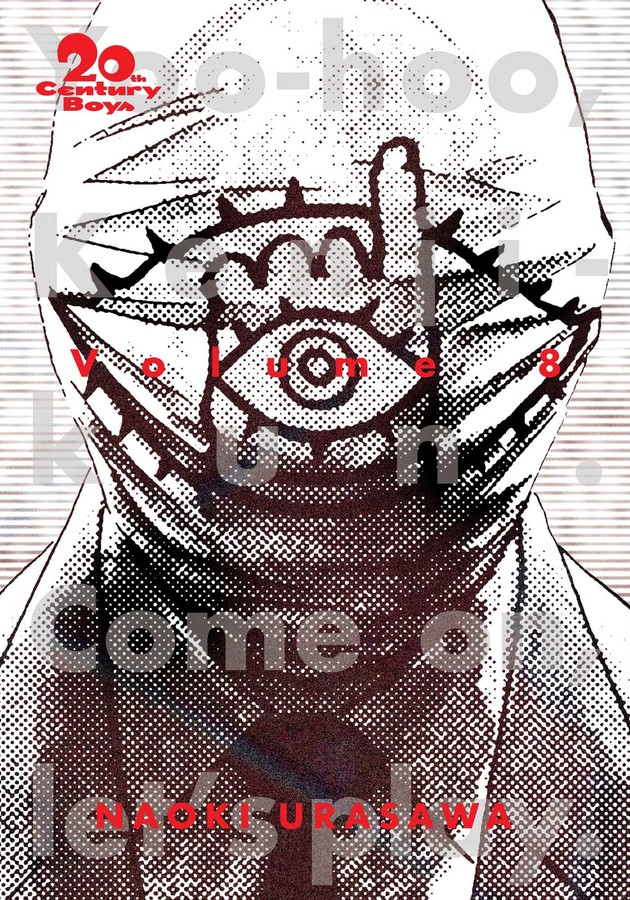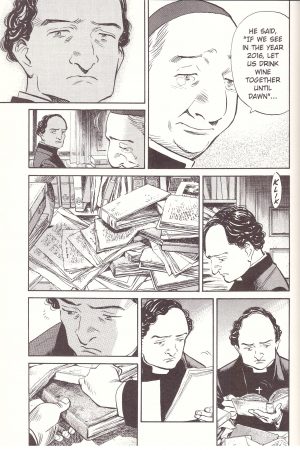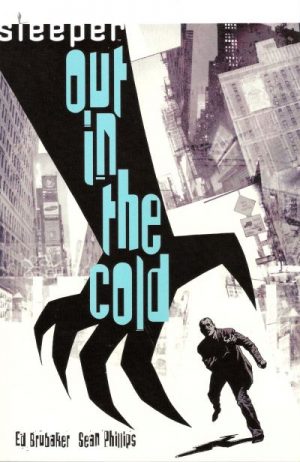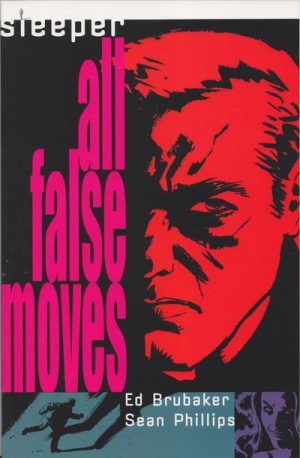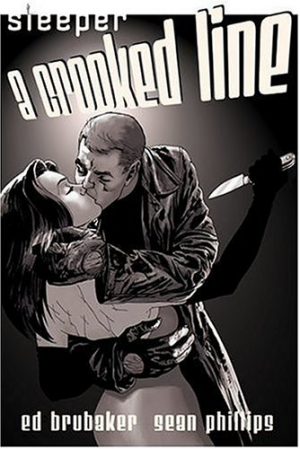Review by Ian Keogh
Whatever the format, every single volume of 20th Century Boys is an enthralling read and beautifully drawn, but within those parameters there are degrees of quality. This eighth Perfect Edition combines one of the best books in the series with what by Naoki Urasawa’s very high standards is a lesser outing.
What was originally published in English as Expo Hurray exemplifies Urasawa’s willingness to take chances when many other creators would be content to just play out their mystery. After the extended tour of a virtual 1971 to close Perfect Edition 7, Urasawa wrong-foots any expectation by focussing the first quarter of this collection on the new character seen in the sample art. He’s the fascinating Father Luciano, a Vatican envoy about whom we learn a lot, not least his thrilling and unconventional path to the priesthood. It’s left him with contacts that prove useful, and the clever way his mission entwines with the main narrative in the past is audacious storytelling. There’s more of that with the involvement of the criminal gangs Kanna charmed, who seemed to have served their purpose, but become embroiled in a plot to prevent the Pope’s assassination when he visits Japan. As three escalating threats play out so compellingly, the pages won’t turn quickly enough and all thought of picking up previous plots will be forgotten.
A completely different story follows, the chapters originally collected as Beyond the Looking Glass. Urasawa winds the clock back to the late 1960s and early 1970s childhoods of many of the cast to show events we’ve seen before, explored from a different perspective. Fukabe has been seen hanging around, but never as part of the main gang. Can his feelings of isolation and resentment really have blossomed into the all-conquering Friends organisation? Seemingly so, but the problem with the storyline is that the festering rancour shown here as motivation is very close in tone to the motivations revealed in Old Boy. Given his astonishing creativity over the entire series, Urasawa can be cleared of plagiarism, but the coincidence is very obvious.
Toward the end there’s another leap forward, marked by the designation of “Year 3, Friendship Era”, that a play on Japan’s separation of history not exclusively by years, but also by eras. We meet two contemporary children, the energetic Katsuo and his more studious and politically aware older sister Sanae. They’re the eyes though which a new world is viewed, as just Otcho from the previous continuity remains, although others are mentioned in passing. Seen through Otcho’s eyes, Katsuo’s enthusiasm is the reminder of his own youth and the carefree times that have produced such terror in his later adult life. The leap forward is a trick Urasawa has pulled before, and a smart move as here it prevents 20th Century Boys becoming bogged down in becoming a story about a plague sweeping the world, which has been done before. The final chapter features another clever piece of plotting, highlighting how everyone is now a little older, and that has a chilling relevance to the final pages. It plays out in Perfect Edition 9.
